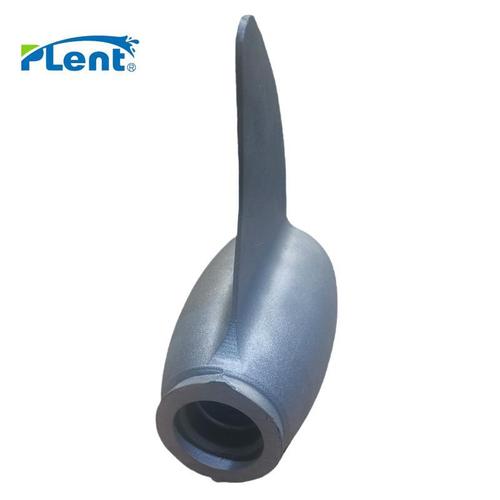Understanding Sand Casting: A Comprehensive Guide
Have you ever wondered about the process behind creating intricate metal parts? Sand casting, also known as sand mold casting, is a popular method used in various industries for its versatility and cost-effectiveness. In this article, we will delve into the details of sand casting, exploring its history, process, advantages, and applications.
History of Sand Casting
Sand casting has a rich history that dates back to ancient civilizations. The earliest evidence of sand casting was found in ancient Egypt, where bronze objects were produced using this technique. Over the centuries, sand casting has evolved, and today, it remains a widely used method for manufacturing metal parts.

The Sand Casting Process
The sand casting process involves several steps, which are outlined below:
| Step | Description |
|---|---|
| Pattern Creation | A pattern, which is an exact replica of the final product, is made using wood, metal, or plastic. |
| Mold Preparation | The pattern is placed in a flask, and a mixture of sand and binder is packed around it to create the mold. |
| Core Making | For complex parts, cores are made to create internal cavities. These cores are placed in the mold before casting. |
| Molding | The mold is closed, and the sand is compacted to form a solid mold. The pattern is then removed. |
| Casting | Molten metal is poured into the mold, filling the cavity created by the pattern and cores. |
| Solidification and Cooling | The molten metal solidifies and cools within the mold. |
| Shelling and Finishing | The mold is broken open, and the casting is removed. The casting is then cleaned, trimmed, and finished to the required specifications. |
Advantages of Sand Casting
Sand casting offers several advantages, making it a preferred choice for many applications:
- Cost-effectiveness: Sand casting is a relatively inexpensive process, making it suitable for high-volume production.
- Complex shapes: The process can produce intricate and complex shapes with ease.
- Material versatility: Sand casting can be used with a wide range of metals, including aluminum, brass, bronze, and cast iron.
- Customization: The process allows for customization and the production of unique parts.
Applications of Sand Casting
Sand casting is used in various industries, including:
- Automotive: Engine blocks, cylinder heads, and other engine components.
- Aerospace: Engine components, landing gear, and other aircraft parts.
- Construction: Pipe fittings, valves, and other metal components used in construction projects.
- Consumer goods: Appliances, lawn furniture, and other consumer products.
Conclusion
Sand casting is a versatile and cost-effective method for manufacturing metal parts. Its ability to produce complex shapes and accommodate various materials makes it a preferred choice in many industries. By understanding the process and its advantages, you can appreciate the significance of sand casting in today’s manufacturing landscape.














